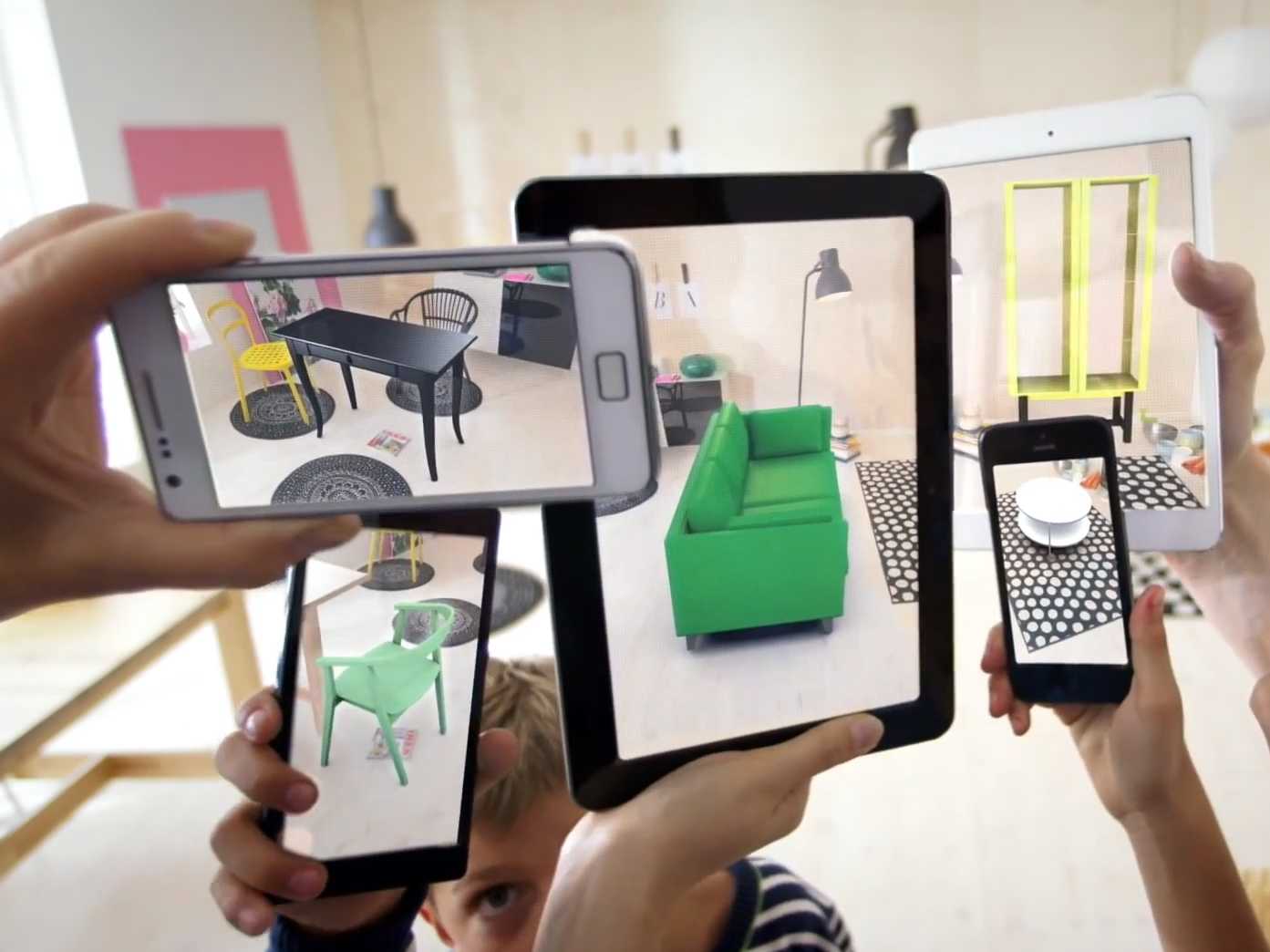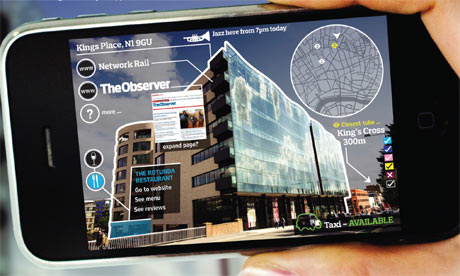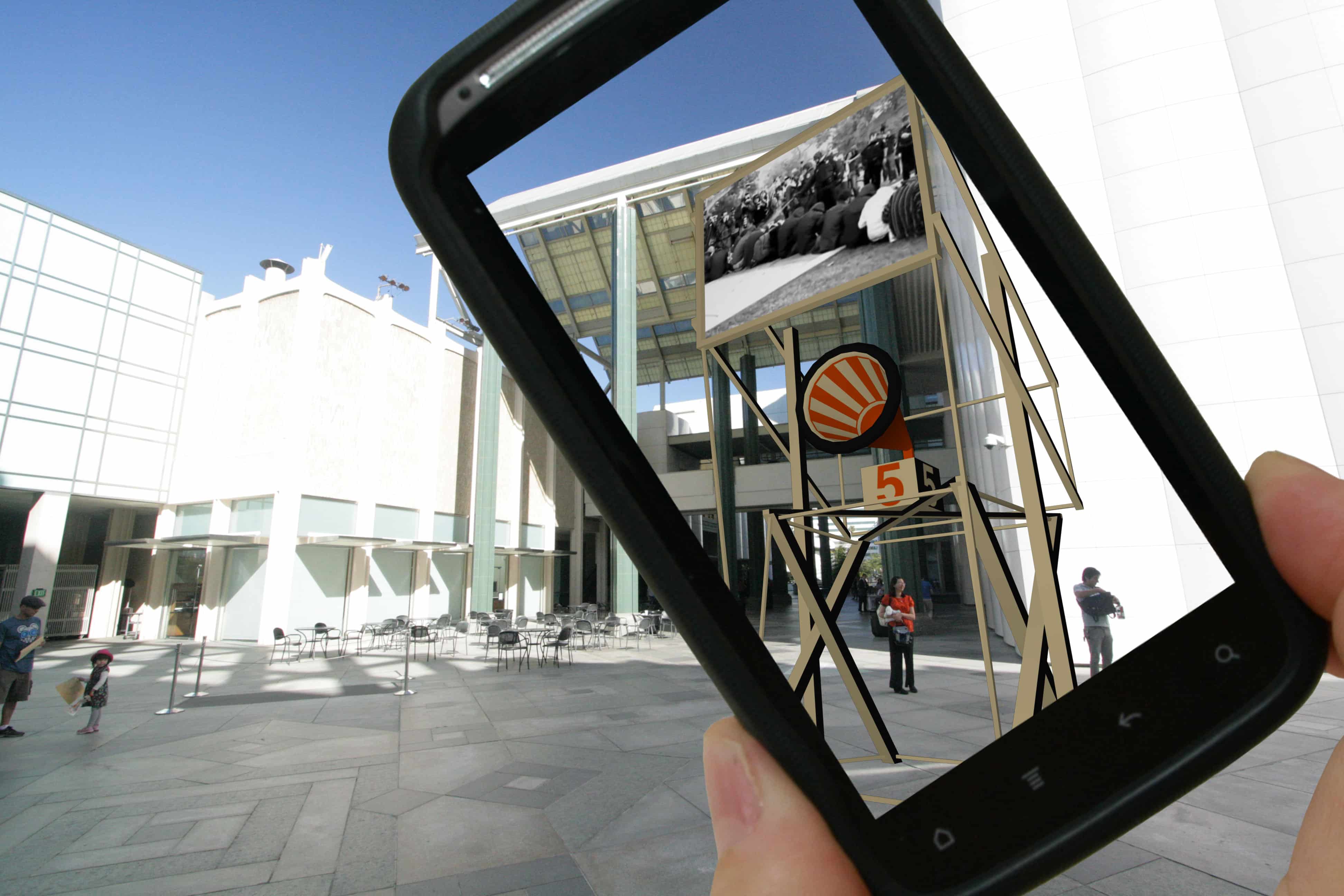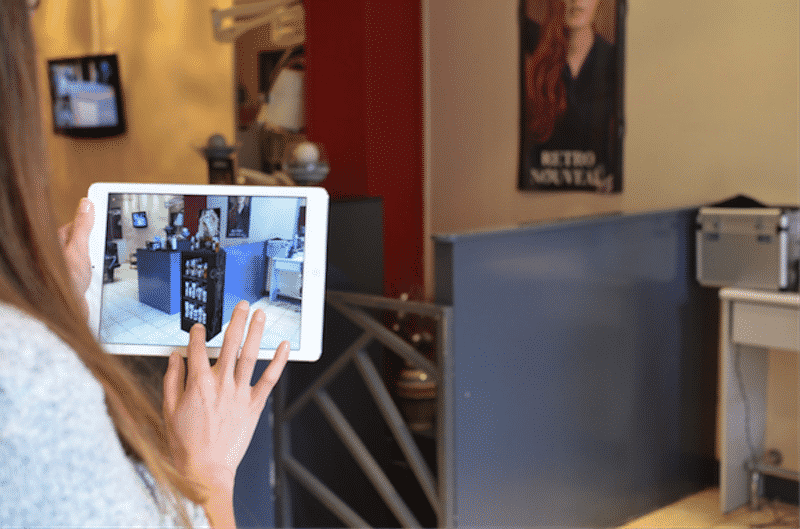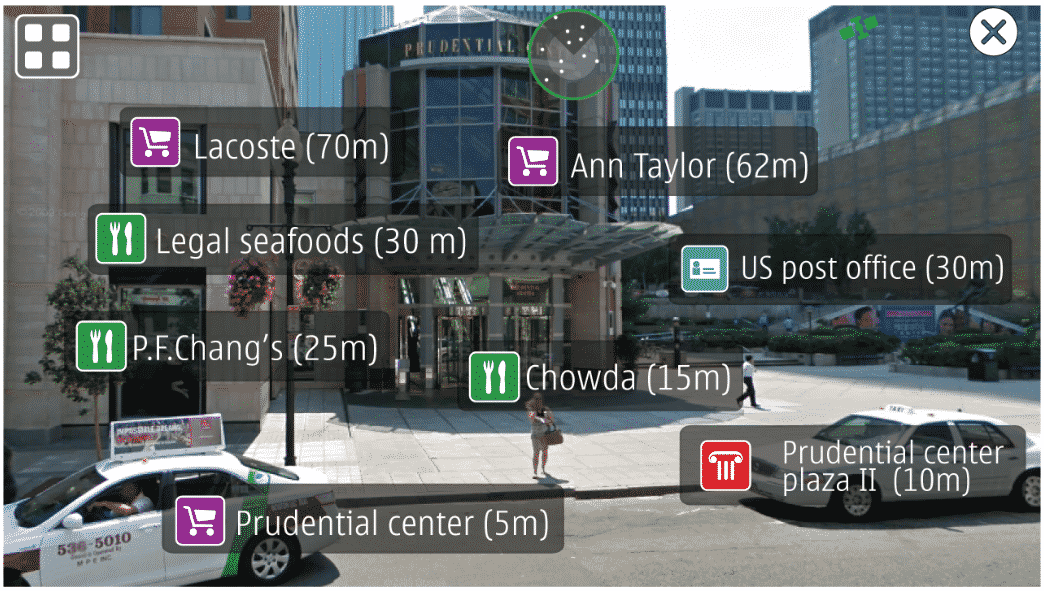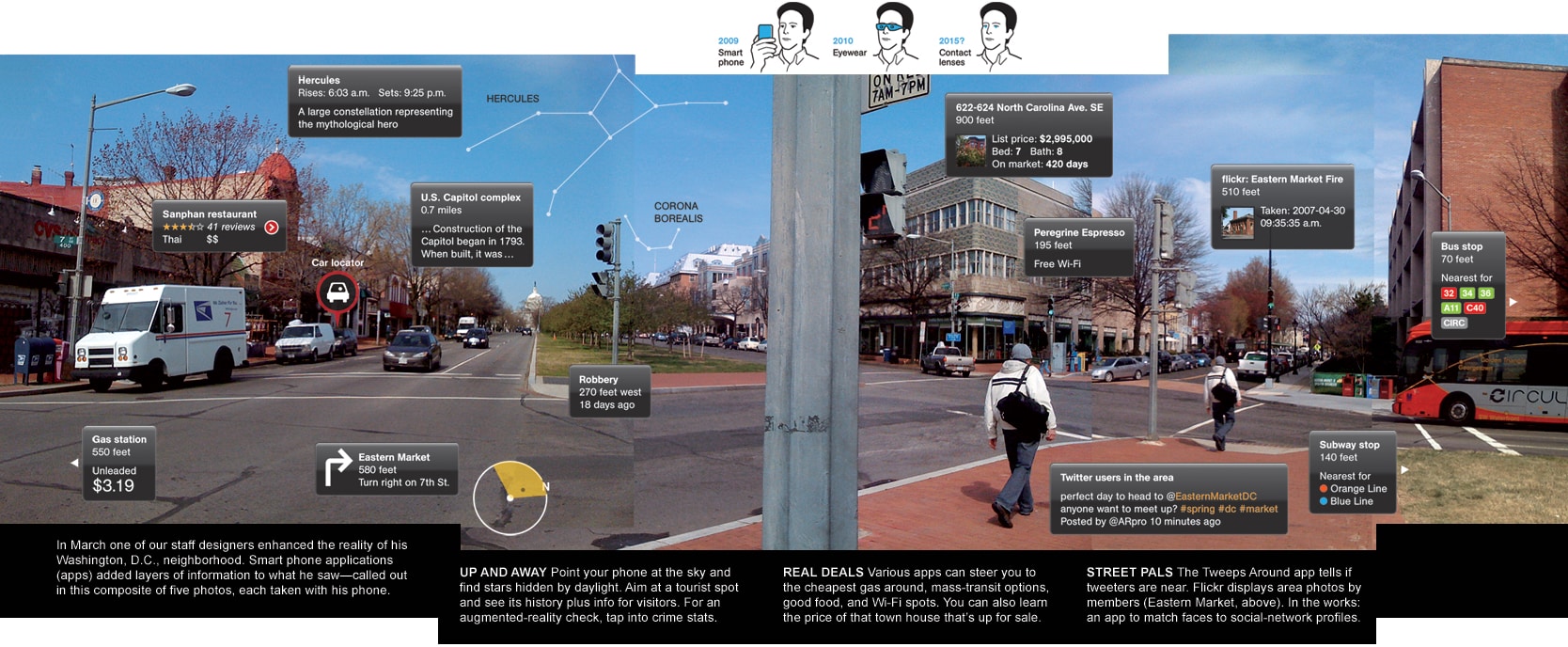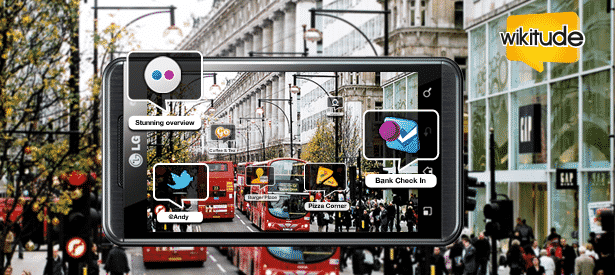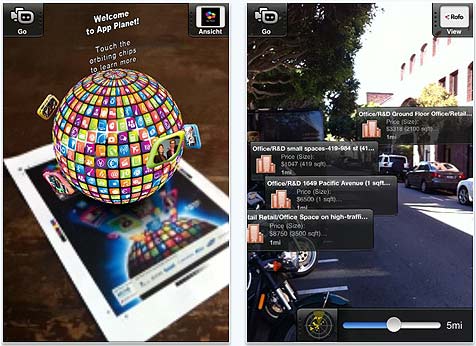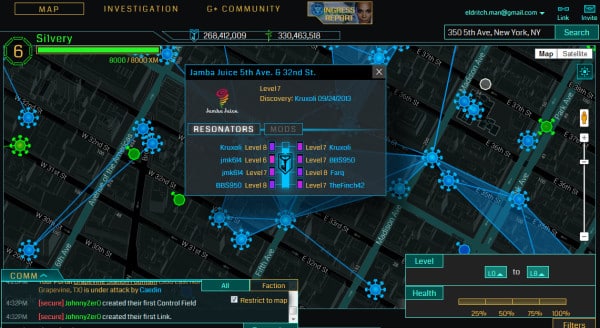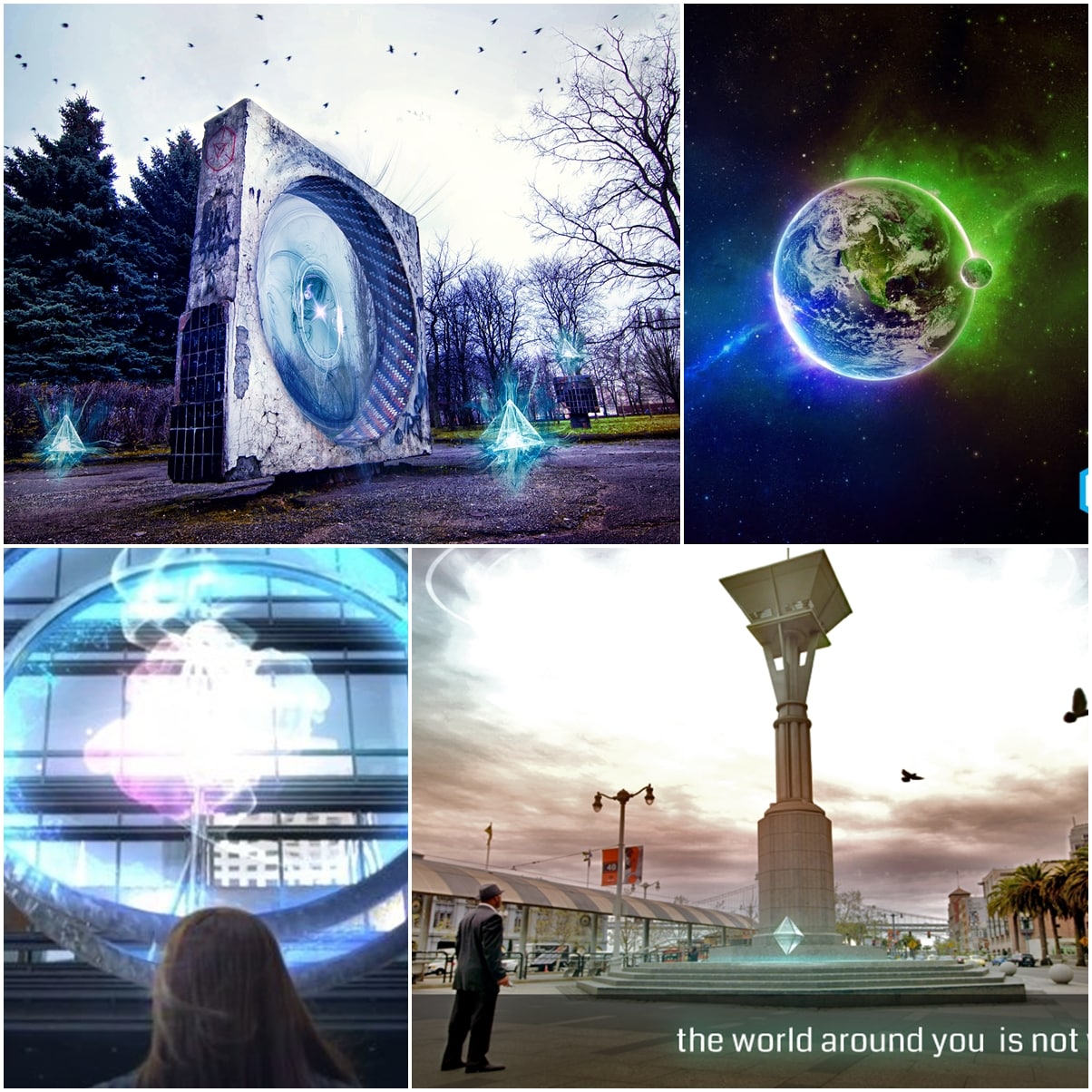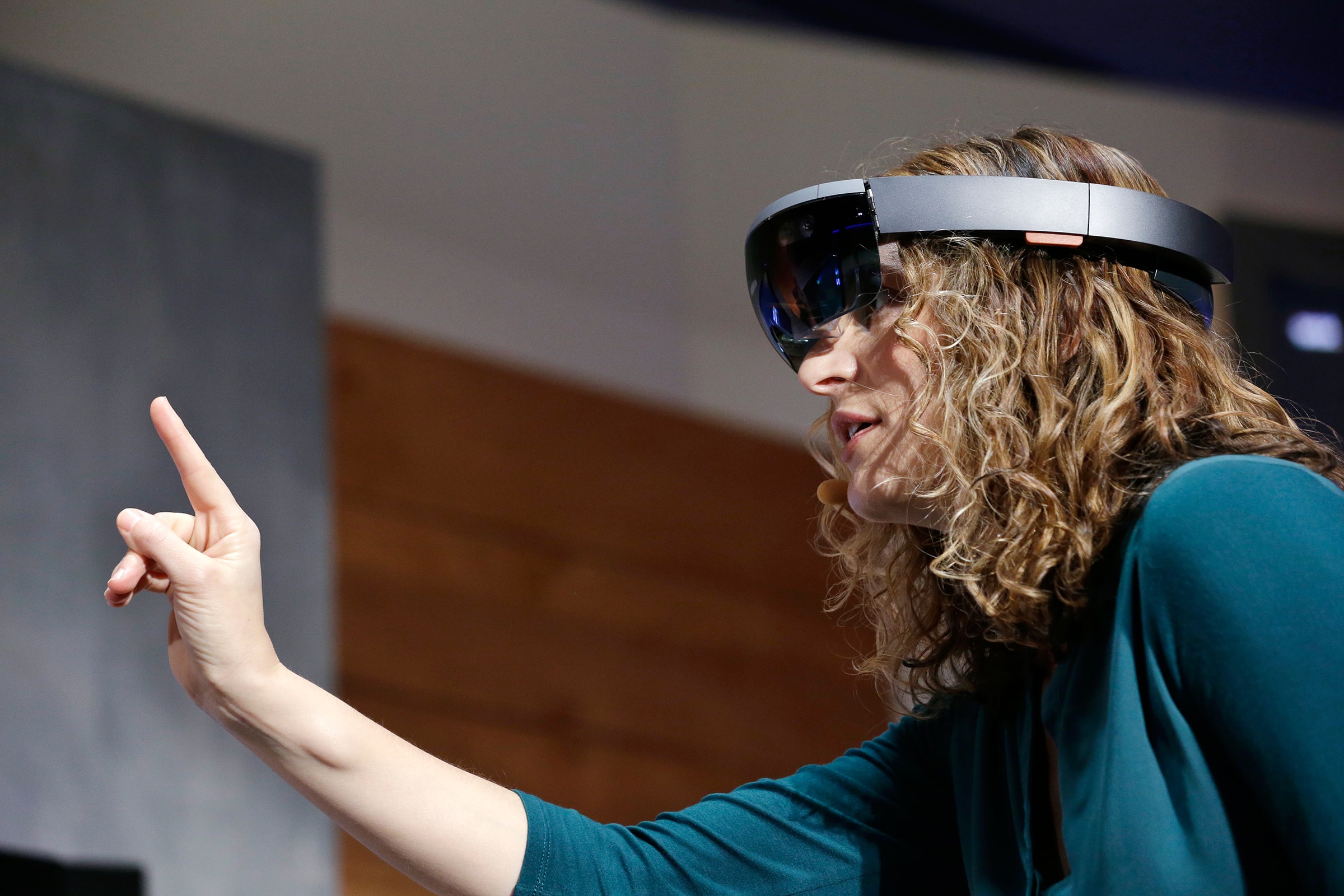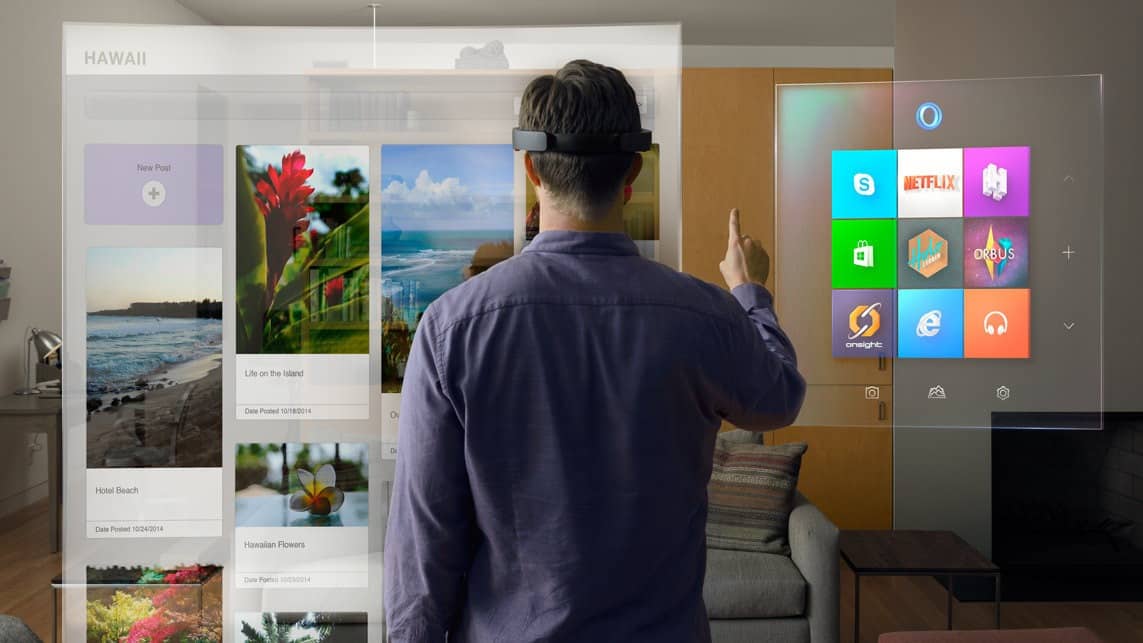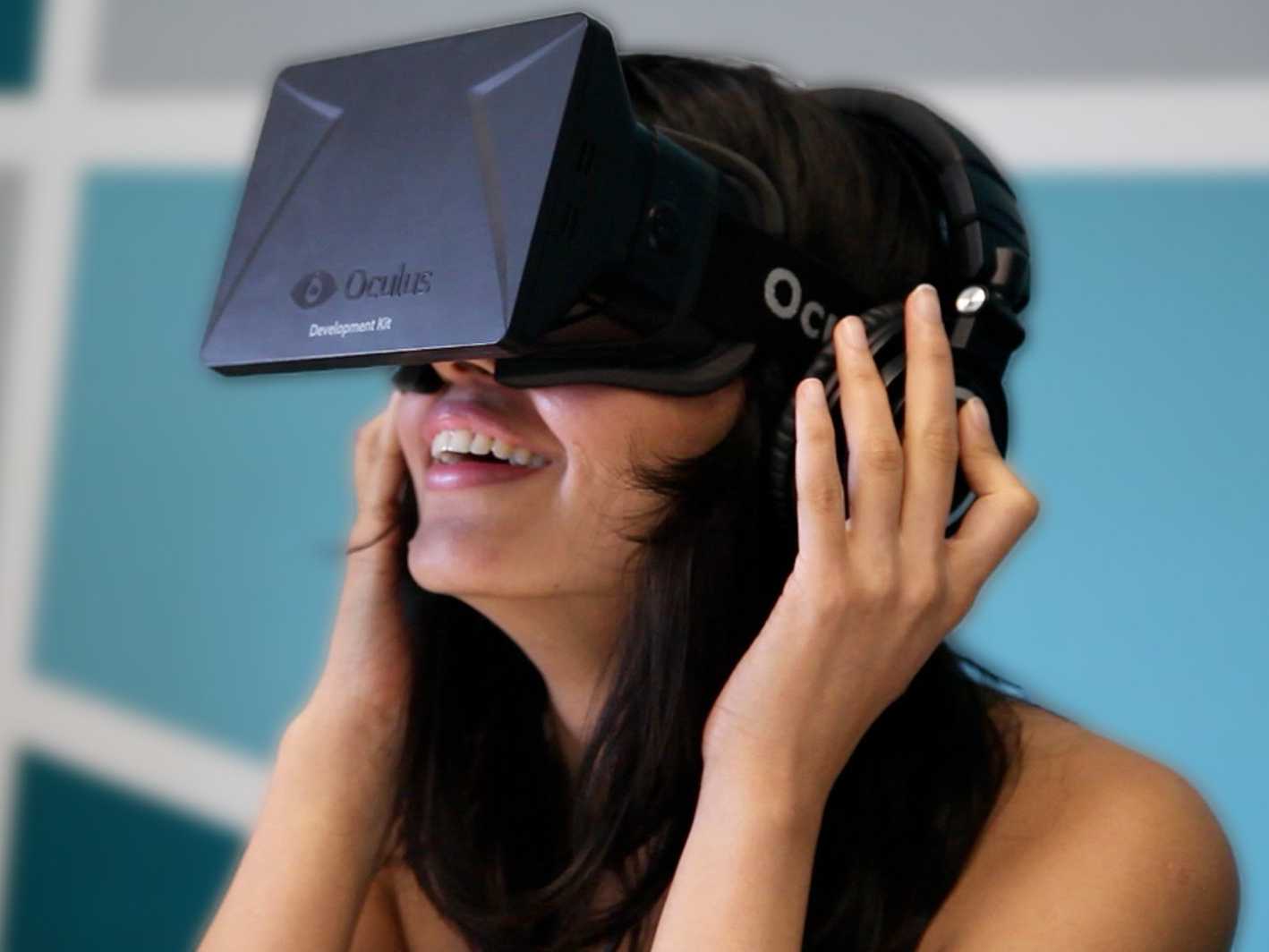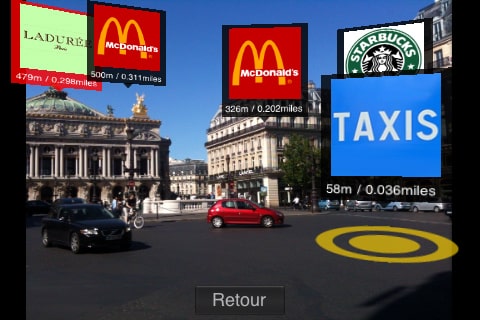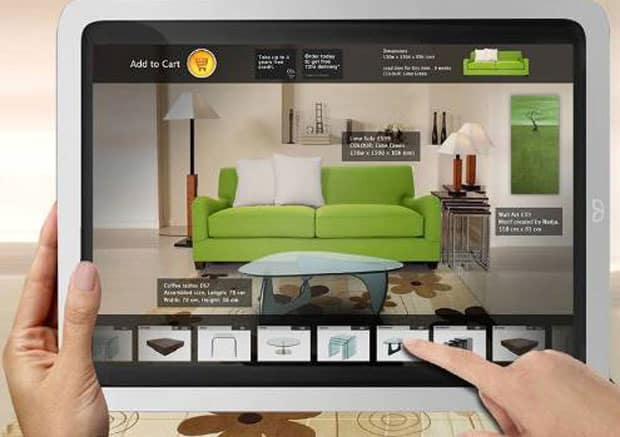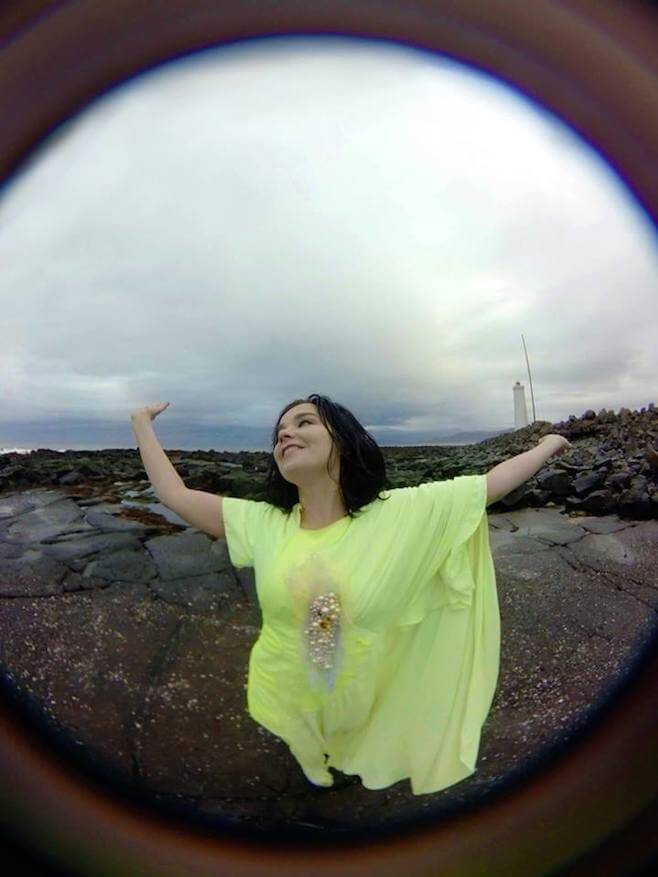Augmented Reality, Technology of the Future
Over the past 20 years, the developers of augmented reality technology have made it possible for a nigh science fiction dream to become practicable. And when you think of how far technology has come from back when Pong was first introduced as an arcade game in the 1970’s, you really grasp the massive strides that developers have taken.
Computer graphics and performance has significantly improved as a result of a consumer’s ever growing need for sophistication. Gamers and tech-savvies alike insist on being surprised and the industry has to comply. That’s where augmented reality comes into play: engineers have found a way to pull out the graphics from your friendly TV screen or computer monitor and have then effectively integrate into real-world environments. There is even talk of mobile augmented reality which can be used while on the go.
What is Augmented Reality?
For those who aren’t as in tune with technology and engineering as we’d like to, augmented reality sounds like an incredible concept we can’t really connect with. After all, most people aren’t aware what augmented reality is all about. The definition of augmented reality describes it as a technology which allows real-world environments to be enriched with both digital information and digital media (from videos to 3D models).
It allows the user of such technology to experience enhanced versions of his or her reality as the digital information is overlaid on images that you are capturing in real-time (for instance, the video footage captured via a smartphone camera). And while all this information may seem unfamiliar to you, remember that you have witnessed Augmented Reality in person at least one in your life: the technology’s first commercial applications included the “first down” line (the yellow line depicted in televised football games).
But from rudimentary application, engineers managed to construct entire worlds and environments by combining the real scene a user is viewing with the virtual scene that computers can generate. And there’s no limit to the additional information which can be added. All the digital media and additional information added to real-time environments serve one main goal: that of enhancing a user’s sensory perception of what he or she is interacting with.
In the end, Augmented Reality developers and engineers aim to create such a seamlessly working system that users are no longer able to differentiate between the real-time footage and the augmentation of that real-time world.
Granted, gaming is the first thing that pops to mind when you think of such technology. After all, which avid gamer wouldn’t want to fly a helicopter and feel immersed in the experience of it or drive super-fast cars without actually putting himself or herself in harm’s way? Yet there are countless apps for such technology, not only entertainment.
Virtual augmented reality has been used in engineering design, military training, robotics, manufacturing, education, merchandising as well as countless other industries, and its applications are ever-increasing.
The How and Why: How AR Works
Android devices and iPhones all now sport cutting-edge internal instruments which allow augmented reality apps to function: gyroscopic compasses, tilt and location sensors, GPS and cameras are fundamental in providing the app with essential information as to the user’s perspective and location.
It’s because of these instruments that an AR app is able to obtain relevant information as to the user’s environment and then integrate relevant information on the user’s points of interest with the camera feed. Most of this information is obtained online, from specially designed databases.
According to preference and the app of the user’s choice, augmented reality software chooses the most relevant information to be included in the feed. And the best part is that whenever you shift your view, new information appears to correspond to the new objects that have now come into focus.
Apart from the never-ending databases offered by various providers, social media platforms are also essential sources of information for Augmented Reality applications. First and foremost, it’s the current nature of the posts as well as their personal feel that makes such information relevant.
When sharing information on Twitter, for instance, users can use geotagging so as to link the content they are sharing to specific geographical locations. Points of interest are then connected to such posts containing geotags.
Augmented Reality Tools
A plethora of user experiences are possible with Augmented Reality, however, there are 3 main categories of tools you should become accustomed to.
Augmented Reality Viewers
On the one hand, there are Augmented Reality 3D Viewers, augmented reality apps created to allow users to place life-size 3 dimensional models in any real-time environment. Such viewers employ trackers in order to achieve this. Augment, for instance, is such a 3D AR viewer, available on Android, iPhone and iPad which allows you to view the desired 3D products in real-time and real size.
Imagine shopping for a couch in Ikea: you could first see how it would look in your living room before making the purchase and noticing that it is actually a bad fit. Such an idea isn’t something new. Being able to preview specific items before purchasing them has been attempted before, yet Augmented Reality viewers come with databases which enable potential customers to preview any item they wish to acquire.
Apart from being able to preview purchases, Augment also provides a catalogue of characters for user to play around with. Last but not least, a user is also given the option of creating his or her own trackers when creating new realities, refurnishing or simply playing around with the app.
Augmented Reality Browsers
Augmented reality browsers are the second type of AR tool and work by bringing contextual information to your real-time footage. Imagine watching an image of the Statue of Liberty. Or better yet, imagine yourself seeing the Statue of Liberty for the first time. You immediately take out your smartphone and take pictures (as any tourist would). And bubbles began floating around your screen filled with cool, interesting information about when it was constructed, its purpose, the idea behind it, the amount of labor that went into it. Augmented reality browsers do just this.
How about, instead of getting lost in unfamiliar cities and not being able to understand the people whose language we don’t speak, we could skip the bumps in the road with the help of Augmented reality browsers.
Enthusiasts view augmented reality browser technology as the gateway towards structured software platforms which allow the overlay of informative, interactive multimedia content to the feed of your device’s camera. With the help of such augmented reality browsers, a user can, for instance, point towards a building, statue, park or whatever landmark and immediately receive information about its history, estimated value, construction, and so on.
Everything began in 2008 when Phillip Breuss-Schneeweis became the pioneer of the world’s first ever AR browser, Wikitude. It was then that Google had also entered the market as a provider of the essential sensors required for such an augmented reality app to function on smartphones: digital compasses, GPS and accelerometers.
“AR can now be integrated in millions of mobile websites out there allowing users to interact directly with the real world while browsing the web,” Wikitude developers enthusiastically announced back in 2012 when the AR window was created, allowing users to have the sensation of complete immersion in augmented reality experiences.
From information on prices, taxi stands close to where you are, Twitter feeds near you and general information, augmented reality browsers leech the information you require and bring it to your live camera feed.
Other popular browsers which were purposefully designed to serve as Augmented reality browsers are Layar and Junaio. Currently, Layar is the world leading augmented reality platform and has successfully collaborated with top brands including BMW, Honda, General Mills, Coca-Cola, Procter & Gamble and many others.
Millions of users downloaded Layar since its foundation in the summer of 2009. We will discuss the best augmented reality apps separately in order to offer them the attention and exhaustive description they deserve.
Augmented Reality Games
 No venture into augmented reality would be complete without addressing gaming. In all fairness, it must have been the idea from which the whole concept started: achieving a completely immersive gaming experience. From shooters to role playing games and even surviving a zombie apocalypse, everything should be doable from your own living room.
No venture into augmented reality would be complete without addressing gaming. In all fairness, it must have been the idea from which the whole concept started: achieving a completely immersive gaming experience. From shooters to role playing games and even surviving a zombie apocalypse, everything should be doable from your own living room.
Augmented reality gaming setups seem to have become every gamer’s hope for the future. Instead of containing the gaming experience inside your TV or computer monitor, you could play your favorite video game as if all the characters inside it had suddenly come to life.
A unique perspective is always worth chasing and by incorporating augmented reality into the games we all play, innovation makes its way through our doors and into our living rooms. And you don’t even have to be into zombies or robots to enjoy a well-tailored augmented reality game.
But even here, the technology behind such gaming experiences is impressive. Depending on the type of game you wish to play, motion control peripherals are required, not to mention environmental mapping cameras, head tracking hardware, head-mounted display, pico projectors, processing hardware and many more.
Google has already ventured onto the augmented reality gaming avenue. On March 20th, 2015, Magic Leap, Google’s mysterious virtual reality company has released details about its augmented reality gaming experience and how its headset enables this experience.
Just take a look at this impressive merger of technology, creativity and gaming. Apart from the impressive graphics, which are usually enough to sway any avid gamer, the way that players can interact with their virtually augmented realities brings such freshness to the idea of gaming.
From picking up toy-guns to seeing holograms and data appear above the objects in the user’s surroundings, Magic Leap’s video offers us just a glimpse of what virtually augmented reality can offer gamers. Granted, special effects were involved in the making of the video, but still, the overall idea clearly comes across: augmented reality gaming is a thing of the present.
And while we will thoroughly cover the best augmented virtual reality games currently available, we wanted to swiftly walk you through some of 2014’s massive hits while also giving you a taste of what 2015 has in store.
Ingress
As the tech giant that it is, Google is hell-bent on getting the heads-up when it comes to innovation. Its division, Niantic Labs, did just that by producing Ingress, the immersive augmented reality gaming sensation of 2014. The game’s story involves the discovery of the Higgs boson at the CERN Hadron Collider.
Alongside this nigh-legendary particle, the game’s story is that “Exotic Matter”, a new form of matter, was also discovered and that it is constantly being leaked into the world by means of portals. These portals are under the control of two distinct factions which divide the world and players are free to choose a side and help it achieve victory.
Apart from the story, which in all honesty, is excellent, Ingress is all about the technology and way in which augmented reality brings it to a whole new level. The gamer’s experience is phenomenal. Geo-location based augmented reality incorporates real-life locations as well as landmarks into the game and turns them into portals. Social interaction as well as a plethora of tools make it possible for the gamer to take over specific portals in hopes of succeeding.
Drakers Confrontation
If real-life apocalyptic scenarios aren’t your thing, there are other stories to be brought to life by augmented reality technology. Ever watched pokemon or Yu-Gi-Oh!? Then you know that a trading card is. Drakerz-Confrontation, available on Steam, uses such technology to allow trading cards to come to life by animating 3D monsters dubbed Drakos.
Just imagine playing your favorite board game but that instead of just your imagination doing the work, you could actually see the story play out, watch the characters interact and become a part of the world you’re creating? This game does just that.
Augmented Reality Puzzle Games
 If you’re into puzzle game, PulzAR is something you definitely have to consider. Using augmented reality technology and a Vita’s camera, PulzAR gives its users the opportunity of creating dynamic puzzles. You virtually have to guide laser beams around a series of obstacles in order to finally redirect them into space and destroy an oncoming asteroid.
If you’re into puzzle game, PulzAR is something you definitely have to consider. Using augmented reality technology and a Vita’s camera, PulzAR gives its users the opportunity of creating dynamic puzzles. You virtually have to guide laser beams around a series of obstacles in order to finally redirect them into space and destroy an oncoming asteroid.
Augmented Reality Products, Wearable Technology
Hardware systems and augmented reality wearables are designed to enrich the real world by incorporating virtual elements into a user’s experience. The difficulty lies in integrating hardware seamlessly into standardized devices for consumers. From augmented reality glasses to virtual reality headsets, augmented reality technology and hardware is slowly making its way into the consumer sector.
Augmented Reality Glasses
It was Google Glass which paved the way for wearables to be brought to the masses and in the process, it also created a simple yet functional hardware standard. This wearable technology, which includes an optical head-mounted display, was created with the goal of providing a mass-market ubiquitous computer.
The device responds to voice commands and natural language and was first marketed as a prototype in April 2013. On May 15th, it also became available to the public. It has an incorporated touchpad located on its side, so that users can easily control the device by swiping back and forth through the timeline-like interface, as well as a camera and liquid crystal display.
Granted, Google Glass received contradicting feedback, but despite the conflicting opinions, Google is still aiming to finely tune the augmented reality glass for mass consumption. Google Glass also inspired the idea of other augmented reality goggles.
HoloLens Mainstreams AR
Granted, such augmented reality headset come pretty close to computing’s “flying cars”, yet Microsoft’s HoloLens device might be the closest endeavor towards entering the true era of augmented reality. It’s Microsoft’s Windows Holographic OS powering the HoloLens that could be the break we’ve all waited for.
The device allows users to pin shortcuts and apps to real-life locations around your home, it makes it possible for the user to turn walls into work screens or video chat screens (without actually needing a projector) and even allows the users to manipulate 3D objects or play games at the coffee table.
Oculus Rift
Developed as a virtual reality headset for gaming, the Oculus Rift makes it possible to become immersed in virtual worlds and seamlessly explore your surroundings thanks to the ultra-low latency 360 degree head tracking technology.
It’s unlike 3D movies or television, because it presents parallel images for each eye while also tracking any subtle movement of your head so as to provide an intuitive experience. And while VR technology had its bumps in the past (mainly because of the motion sickness and nausea it caused), the new Oculus Rift no longer causes the same side-effects as its previous iterations did.
Samsung Gear VR
On March 27th, the Samsung Gear VR hit the shelves at select locations, marking an essential moment for virtual reality. It’s the first time that potential customers can actually walk into a store and purchase a VR headset on the spot. This head-mounted VR headset allows a smartphone to be used as a screen, so that users can play their favorite games or use the apps available on the Oculus VR app store. For its retail debut, the Samsung Gear VR headset is compatible with Samsung’s Galaxy Note 4 and will only cost $200.
Future Trends and Augmented Reality Innovations in 2015
Augmented reality technology is no longer a thing of gimmicky marketing and it seems that engineers are truly maturing augmented and virtual realities in order to provide sophisticated products that potential users can truly enjoy. The incorporation of augmented reality into our lives is slow, granted, yet with time, this technology will inch closer and closer to what is considered normal. This year is all about technology and innovation, and with giant tech companies refocusing on AR, it’s bound to bring surprises to enthusiasts.
Facebook acquired Oculus Rift for a whopping $2 billion, paving the way for the entry of augmented reality into mainstream usage. But it’s not only Facebook that has picked up on the trend: Google’s investment in Magic Leap, Samsung GearVR, Google Cardboard and Google Ingress are just some of the steps that major companies are taking in the direction of augmented reality.
Accessible and Affordable Augmented Reality
Yet wearable augmented reality technology isn’t yet a thing of the present and this is one of the aspects that such companies are focused on. Google Glass’ awkwardness should slowly dissipate, making way for affordable virtual reality headsets which are no longer only purchased by gamers.
It may be easy for tech savvies to adopt $2500 hardware, however the general public rarely invests such large amounts into experiential augmented reality technology. Google Cardboard and the Samsung GearVR emerged as affordable options, where users may user their smartphone peripheral and easily access a consumer media device rather than a gaming device.
Marketing Potential
Sales and marketing endeavors based on augmented and virtual reality often experienced peculiar bumps on the road, especially due to difficult QR code usage. And while the technology behind such marketing strategies was spectacular, the end result looked simplistic and gimmicky at best.
Yet new business and marketing applications are emerging and this time, awkwardness and disappointment will no longer be the operative words when dealing with the end result. From visualizing the Apple Watch on a user’s wrist to enhancing your news feed in Facebook, reality augmentation is capable of new feats and as the technology improves, so do the end results.
Music Videos Enhanced by Augmented Reality
Yes, for the most part, music videos use cutting-edge technology to ensure spectacular images, however, incorporating reality augmentation is quite noteworthy even for the savviest of music video directors. Björk is planning on releasing her new album, Vulnicura, and in promoting her new album, she decided to skip the conventional path and employ pioneering technology.
Stonemilker, one of the tracks featured on the album will have a video which will be viewable via a virtual reality installation in New York. Viewers will be offered the possibility of witnessing panoramic Icelandic views, hearing the waves breaking on the shore and virtually enter the world of Björk’s new video.
Possible Solution for Gaming Neck Pains?
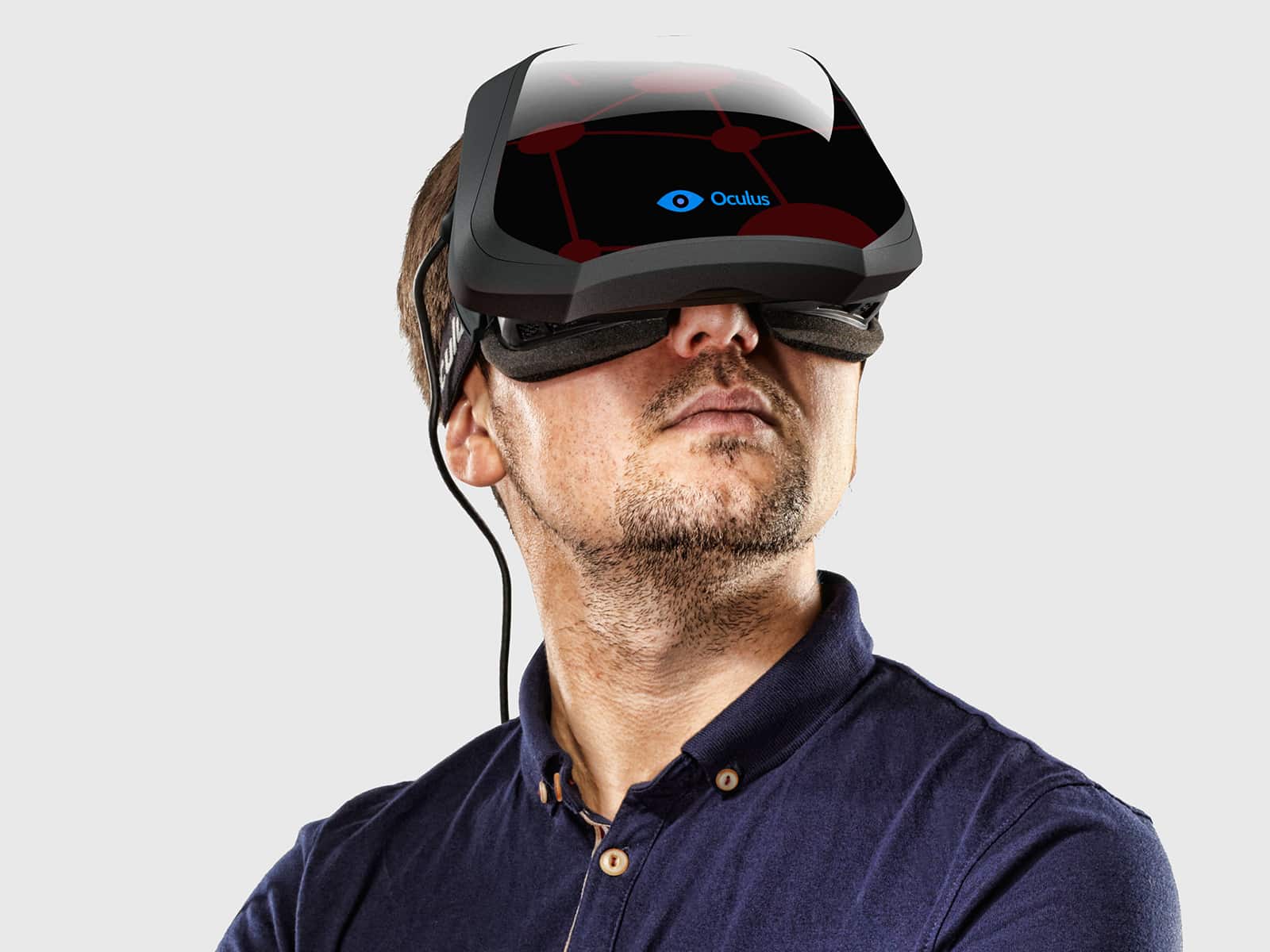 You and every gamer on the planet are well aware of how grueling neck pains can be. Yet apart from providing gamers with immersive experiences, VR and AR are now focused on relieving users from suffering back pains when taking part in their favorite gaming activities.
You and every gamer on the planet are well aware of how grueling neck pains can be. Yet apart from providing gamers with immersive experiences, VR and AR are now focused on relieving users from suffering back pains when taking part in their favorite gaming activities.
Queensland researchers are hard at work attempting to understand whether augmented reality technology can improve neck movements and thus alleviate pain. In their work, scientists from the University of Queensland have asked patients to play a particular game where they are required to move their heads while controlling a plane.
“The patient’s head controls the pilot of a small red plane that has to fly into floating targets. It is fun, interactive, motivating, pain-distracting and functional,” Dr. Treleaven, the manager at the Whiplash Research Unit with the University of Queensland said.
Incorporating Augmented Reality into Top-Class Cars
Even Mercedes hopes to use augmented reality as one of the features of its 2016 E-class model. With the help of this advanced technology, the E-class should come closer to autonomous driving. From parking itself in confined spaces with the use of your smartphone to auto-pilot style cruise-control, the car will certainly be well-worth taking out for a spin.
Although we haven’t even come close to the numerous ways in which augmented reality can improve on our day-to-day lives and the ways we interact with both technology and digital data, one thing is clear. At the moment, augmented reality webcam devices are used to enhance our perception of the world. The future’s software will have to be capable of perceiving our surroundings.
Image Source: 1 , 2 , 3 , 4 , 5, 6 , 7 , 8 , 9 , 10 , 11 , 12 , 13 , 14 , 15 , 16 , 17 , 18 , 19 , 20 , 21 , 22 , 23
